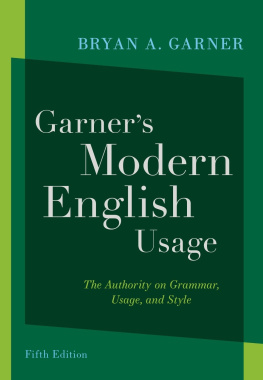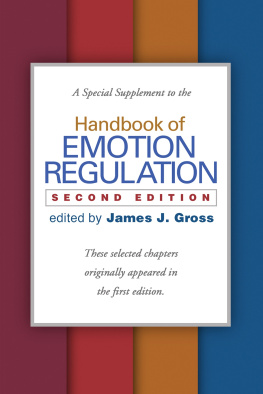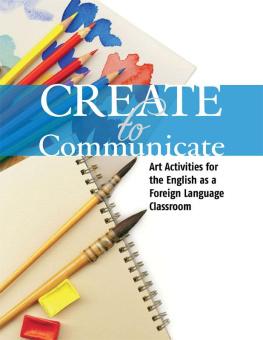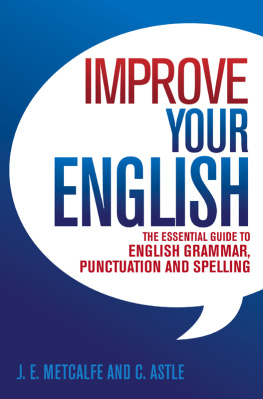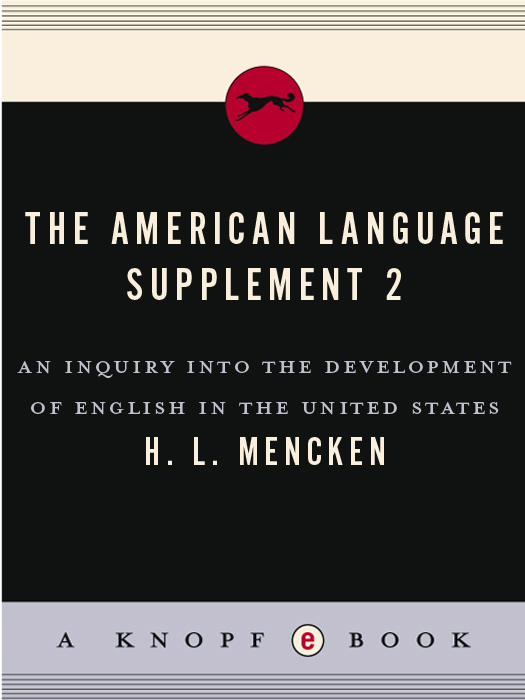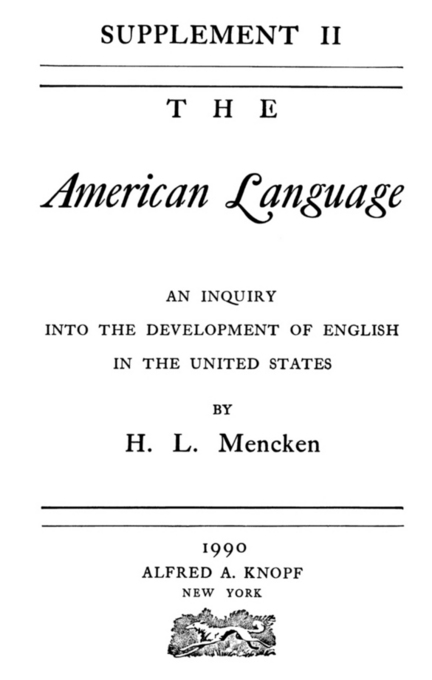BOOKS BY
H L MENCKEN
THE AMERICAN LANGUAGE
THE AMERICAN LANGUAGE: Supplement I
THE AMERICAN LANGUAGE: Supplement II

A NEW DICTIONARY OF QUOTATIONS
TREATISE ON THE GODS
CHRISTMAS STORY
A MENCKEN CHRESTOMATHY (with selections from the Prejudices series, A Book of Burlesques, In Defense of Women, Notes on Democracy, Making a President, A Book of Calumny, Treatise on Right and Wrong, with pieces from the American Mercury, Smart Set, and the Baltimore Evening Sun, and some previously unpublished notes)
MINORITY REPORT: H. L. MENCKENS NOTEBOOKS
THE BATHTUB HOAX and Other Blasts and Bravos from the Chicago Tribune
LETTERS OF H. L. MENCKEN, selected and annotated by Guy J. Forgue
H. L. MENCKEN ON MUSIC, edited by Louis Cheslock
THE AMERICAN LANGUAGE: The Fourth Edition and the Two Supplements, abridged, with annotations and new material, by Raven I. McDavid, Jr., with the assistance of David W. Maurer
H. L. MENCKEN: THE AMERICAN SCENE. A READER , selected and edited, with an introduction and commentary, by Huntington Cairns
These are BORZOI BOOKS, published by ALFRED A. KNOPF in New York
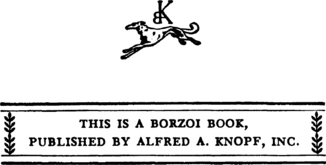
COPYRIGHT 1948 by Alfred A. Knopf, Inc. All rights reserved. No part of this book may be reproduced in any form without permission in writing from the publisher, except by a reviewer who may quote brief passages in a review to be printed in a magazine or newspaper..
Published April 5, 1948
Reprinted Nine Times
Eleventh Printing, March 1990
eISBN: 978-0-307-81344-2
v3.1
PREFACE
This Supplement follows the plan of Supplement I. In the latter I tried to give some account of the new material relating to the subjects discussed in the first six chapters of The American Language, fourth edition, 1936. In the present volume I deal with such material as relates to the five chapters following them. I had hoped also to give a little space to the subject of Chapter XII, to wit, the future of American English, and to present some new matter about the non-English languages dealt with in the Appendix. Yet more, I had hoped to take up in a second Appendix certain themes not discussed at all in the fourth edition for example, the language of gesture, that of children, the names of political parties, cattle brands, animal calls, and so on. But my notes turn out to be so enormous that I have been forced to close the present volume with Chapter XI, lest it grow to an impossible bulk. It is highly improbable that Ill ever attempt a Supplement III, but meanwhile my notes are preserved and indeed still piling up, and I may be tempted from time to time to present some of them in articles for the periodicals devoted to or showing some interest in American speech. At my age a man encounters frequent reminders, some of them disconcerting, that his body is no more than a highly unstable congeries of the compounds of carbon. In order to avoid fretting about this unpleasant fact I have arranged that all my books, pamphlets, journals, newspaper clippings and letters on speech shall go, at my death, to a place where they will be open to other students. Meanwhile, Ill be glad as always to hear from such students, and ask them to address me at 1524 Hollins street, Baltimore-23.
I am not trained in linguistic science, and can thus claim no profundity for my book. It represents the gatherings, not of an expert in linguistics, but simply of a journalist interested in language, and if there appears in it any virtue at all it is the homely virtue of diligence. Someone had to bring together the widely scattered field material and try to get some order and coherence into it, and I fell into the job. My professional friends, I have no doubt, have often had their teeth set on edge by some of my observations and conclusions, but they have nevertheless shown a generous and accommodating spirit, and I owe a great deal to their friendly if somewhat pained interest. Many of them are given specific credit for their aid in my footnotes, and others have been thanked in previous prefaces. But I must recall once again some men and women who have helped me most, including laymen who have greatly augmented my materials. Mention the American language, and you have mentioned Dr. Louise Pound. Read this book, and you will find countless proofs of it. Others upon whom I have leaned heavily are Dr. Joseph M. Carrire, P. E. Cleator, Monsignor J. B. Dudek, Fred Hamann, Alexander Kadison, Charles J. Lovell, Dr. Raven I. McDavid, Jr., Lieut. Col. F. G. Potts and Dr. Harold Wentworth. But these are only a few: there have been many more. Most of all I am indebted to my secretary, Mrs. Rosalind C. Lohrfinck, whose heroic struggles with a maddening manuscript make her deserve a large part of the credit for the diligence that I have just claimed for myself.
As in my two previous volumes I have been very liberal with references. Experience has taught me that readers of such books as this one like to explore the byways of the subject, and thus do not object to frequent guideposts. Such explorations are greatly facilitated, as my own inquiries have been facilitated, by the incomparably efficient photostat service of the New York Public Library. Find your reference and send in your order, and you will have your photostat within a few days. The library very seldom reports that what is wanted is not on its shelves: its collections, especially in the more picturesque departments of Americana, appear to be unsurpassed on this or any other earth. Moreover, its staff is highly competent, and I have got frequent valuable help from one member in particular, Mr. G. E. Fielstra. I need hardly add my thanks to writers and publishers for permission to quote from their books and magazine articles, for my debt to them is visible on every page. Such a work as this, in fact, is essentially a collaboration, and in the present case it is a collaboration covering a large area. In the field of the speech of homicidal endeavor I have received contributions from generals and admirals, privates and seamen; in that of pedagogy from the presidents of universities and country schoolmaams, and in that of language in general from high ecclesiastical dignitaries and lifers in prison.
The plan of this volume is exactly like that of Supplement I. It follows the order of The American Language, fourth edition, and each section is hooked to that work by identical headings. But it is not necessary for the reader to have the fourth edition before him to make his way, nor even to have read it, for the new matter here presented is almost always self-contained, and I have included in brackets, wherever they seem useful, explanatory catch-lines or quotations. The figures at the beginnings of sections all refer to the fourth edition.
Baltimore, 1948
H. L. M.
Table of Contents
ABBREVIATIONS



